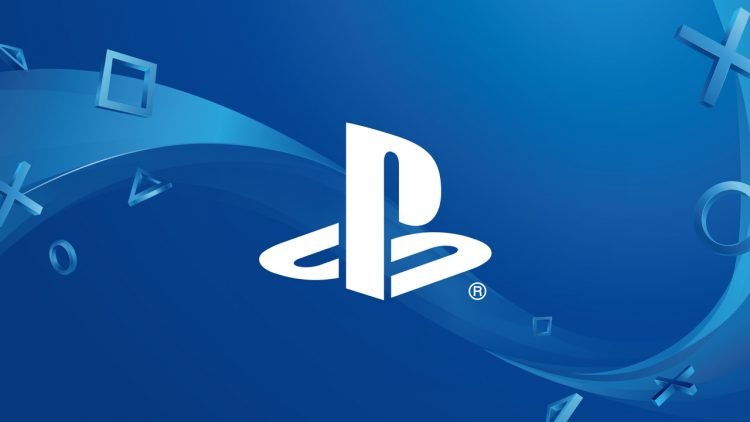The PlayStation 5 is coming – it’s an inevitability. However, there haven’t been many details about the new hardware besides rumors and speculation. That is, until now. Thanks to an interview at Wired, we now know the first details about Sony’s next-gen machine.
According to Mark Cerny, the lead system architect for the PS4, the PS5 is a beast. It’s not just an upgrade of the base PS4 hardware like the PS4 Pro was. There’s an eight-core CPU based on AMD’s Ryzen processors and the GPU is based on AMD’s upcoming Radeon Navi cards, bringing ray-tracing capabilities to a console for the first time ever. Ray-tracing provides incredibly realistic lighting, shadows, and reflections, and it’s only available right now on the highest of high-end graphics cards, so its inclusion in the PlayStation 5 is no small feat.
The PlayStation 5 will also support 8K resolution. TVs are still catching up with 4K, so the 8K functionality is just there to futureproof the machine. Even though the PS4 Pro runs games at 4K, the majority of those games are using checkerboard 4K, an upscaling technique that creates an image that is very close to 4K but isn’t native 4K. The PlayStation 5 supporting not just 4K resolution but doubling that to 8K, a resolution which isn’t even widely available right now, even amongst enthusiasts, is a testament to the system’s power.
The AMD chip inside the PlayStation 5 also includes a custom unit for 3D audio. Games have been lacking in the audio department for a while now, and there hasn’t been much of an improvement since the PS3. Cerny wants to change that, and the PS5 will boast impressive audio capabilities, with sounds coming at you from all directions, including above and behind you. While it’ll work with TV speakers, you’re going to want headphones.
Solid-state drives are all the rage amongst PC users because of their lightning-fast load times, and the PlayStation 5 will have one built-in. PS4 games have gotten massive over the course of the generation, with games like Rockstar’s Red Dead Redemption 2 clocking in at over 100GB with its updates. Naturally, big games bring long load times, but that won’t be as much of an issue in the next generation. Cerny fired up Insomniac’s Spider-Man on a PlayStation 5 devkit to demonstrate these faster load times, and fast traveling to a new area, which normally takes 15 seconds on PS4, took a mere 0.8 seconds on the next generation hardware.
But you may be wondering, “isn’t Spider-Man a PS4 game?” The PlayStation 5 will be fully backward compatible with existing PS4 games. The leap from PS3 to PS4 saw a radical change in system architecture, which is why the PS4 can’t play PS3 games natively. Because the PS4 and PS5 share similar architectures, backward compatibility is much easier.
The transition from PS4 to PS5 will be a slow one, and many games will launch simultaneously for both systems during the transitional years. When Wired asked Cerny about whether Hideo Kojima’s Death fits into all this, Cerny simply smiled and said nothing before a spokesperson said the game will come to PS4. There have been rumblings of Death Stranding being a cross-generation title, and this seems to add much more fuel to that fire.
When asked about PSVR, Cerny stated that he wouldn’t go into detail about their next-gen VR strategy, but he did confirm that the current PSVR headset would be compatible with the PlayStation 5. Whether there will be a follow-up to the PSVR remains to be seen, but current PSVR owners can rest easy knowing their headsets still have a long future ahead of them.
As for the release date, no timeframe was mentioned. Cerny would only tell Wired that the system wouldn’t launch in 2019, but that developers already have devkits to develop games for it. This lines up with a rumored 2020 launch.
Of course, all of this is just hardware talk. We still know nothing about the PlayStation 5’s software functionality or launch lineup of games. Sony’s bowing out of E3 this year, so don’t expect to see it then but look forward to hearing more about Sony’s next-generation console later this year or early next year.


